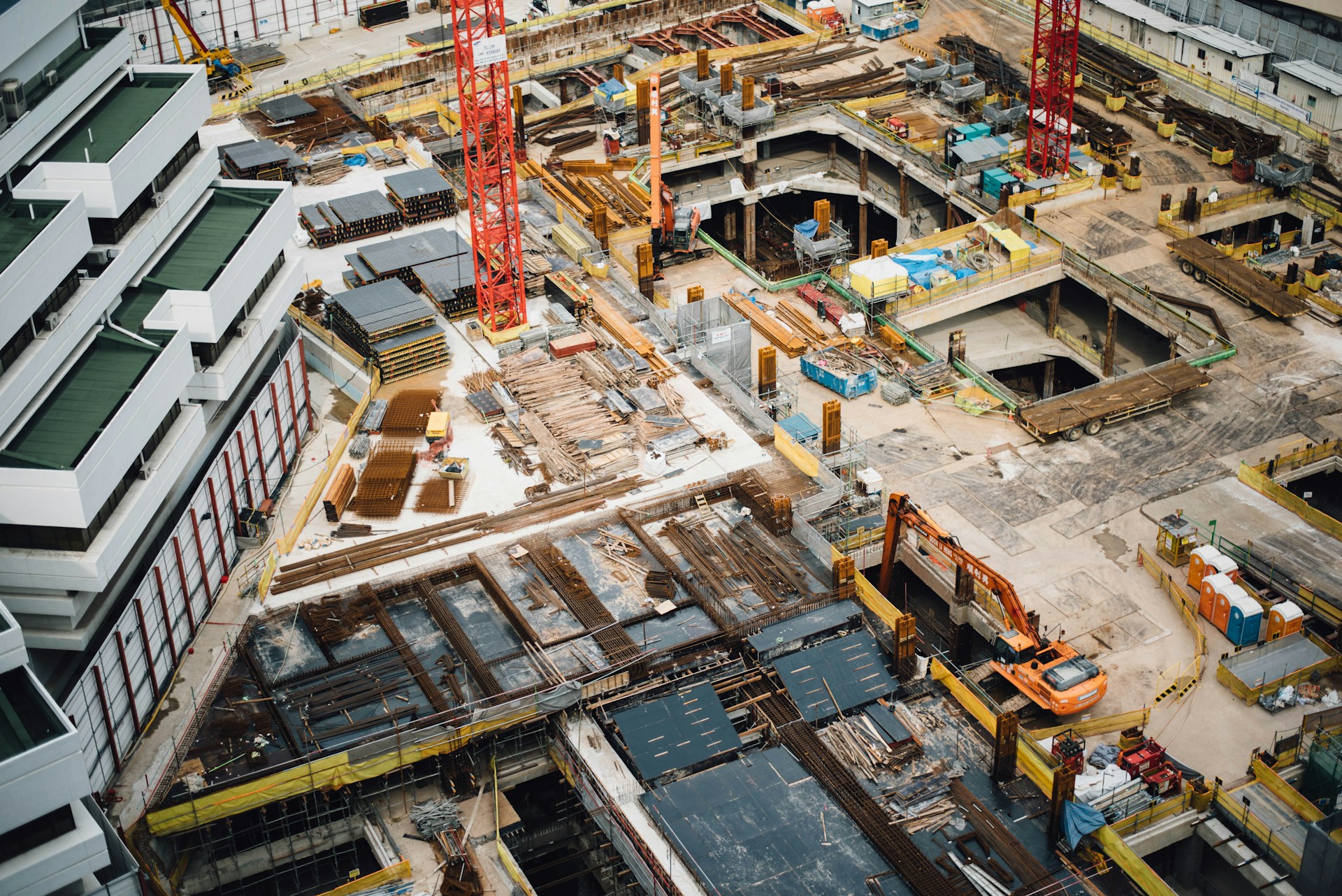

Question: What are Indicators of Gentrification?
Answer: Indicators of gentrification include rising property values, increased rents, an influx of higher-income residents, new businesses catering to wealthier clientele, and displacement of long-term, lower-income residents.
Spotting the Signs: Key Indicators of Gentrification
Gentrification, the influx of wealthier residents into lower-income neighbourhoods, can be a complex phenomenon. While it can bring revitalization, it often raises concerns about displacement and the erosion of a community’s character. This article explores key indicators that can help identify gentrification in its early stages. [ 1 ]
Shifting Demographics: A Change in Residents
One of the most telling signs of gentrification is a change in the neighbourhood’s demographics. This can be tracked through census data, which shows an increase in the median household income and a decrease in the percentage of low-income residents. An influx of younger professionals and families with children is another common demographic shift associated with gentrification.
However, demographic changes alone are not a definitive indicator. It’s important to consider the pace of change. A gradual increase in income levels may be a sign of natural neighbourhood evolution, whereas a rapid shift is more likely a sign of gentrification.
Click here for more information on how to get your home value
Please visit this page to learn more about Gentrification Definition and Meaning
Related Article: Is Gentrification Beneficial on Average?
Related Article: What is the Difference Between Gentrification and Revitalization?
Rising Rents and Property Values: The Cost of Change
A significant increase in rents and property values is a hallmark of gentrification. As wealthier residents move in, they are willing to pay more for housing, driving up market rates. This can make it difficult for existing residents, particularly those on fixed incomes or relying on rent control, to remain in their homes.
It’s important to note that rising housing costs can also be influenced by broader economic factors. However, in gentrification, the increase is often concentrated in specific neighbourhoods and outpaces the average increase across the city.
Shifting Commercial Landscape: New Businesses on the Block
The arrival of new businesses catering to a higher-income demographic is another indicator of gentrification. Trendy cafes, upscale restaurants, boutique shops, and specialty stores may replace local businesses that cater to the needs of the existing residents. While this can enhance the neighbourhood’s vibrancy, it can also lead to the loss of unique character and cultural offerings.
However, not all new businesses signal gentrification. The arrival of independent coffee shops, local bookstores, or community-oriented businesses can be positive signs of neighbourhood revitalization. The key factor lies in the overall shift in the type of businesses being established.
Public Investment and Infrastructure Upgrades
Increased public investment in a neighbourhood can be a sign of either revitalization or gentrification. Improvements to parks, schools, libraries, and public transportation can enhance the quality of life for all residents. However, if these upgrades are not accompanied by measures to ensure affordability, they can inadvertently accelerate gentrification by making the neighbourhood more attractive to wealthier residents.
It’s important to examine the purpose and impact of public investment projects. Are they designed to benefit the existing community or pave the way for future development that may displace residents?
Displacement and Community Disruption: The Human Cost
The displacement of long-term residents is a devastating consequence of gentrification. Rising rents and property taxes force residents to relocate to more affordable areas, severing social networks and disrupting established communities. This can have a significant negative impact on the well-being of residents, particularly vulnerable populations like low-income families and seniors.
While displacement is not always readily apparent, an increase in vacancy rates in affordable housing units or a rise in eviction notices can be warning signs. A decline in community events or a sense of disconnect among residents can indicate the erosion of social cohesion.
Click the link to get more information about Jennifer Jewell
Understanding the Signs for a More Informed Future
Recognizing the indicators of gentrification empowers communities to take proactive steps. By monitoring demographic shifts, housing costs, and business trends, residents can identify potential problems early on. This allows for informed decision-making and the development of strategies to mitigate displacement and ensure a more equitable form of neighbourhood development.
Ultimately, gentrification is a complex issue with both positive and negative consequences. Understanding its indicators is important for communities to navigate the process and ensure that positive change benefits all residents, not just the privileged few.
References
1. https://www150.statcan.gc.ca/n1/pub/82-003-x/2021005/article/00002-eng.htm


